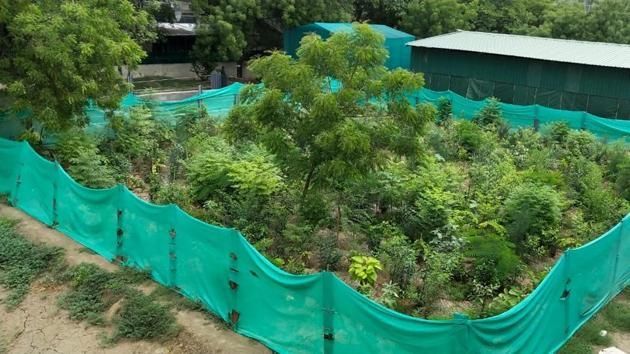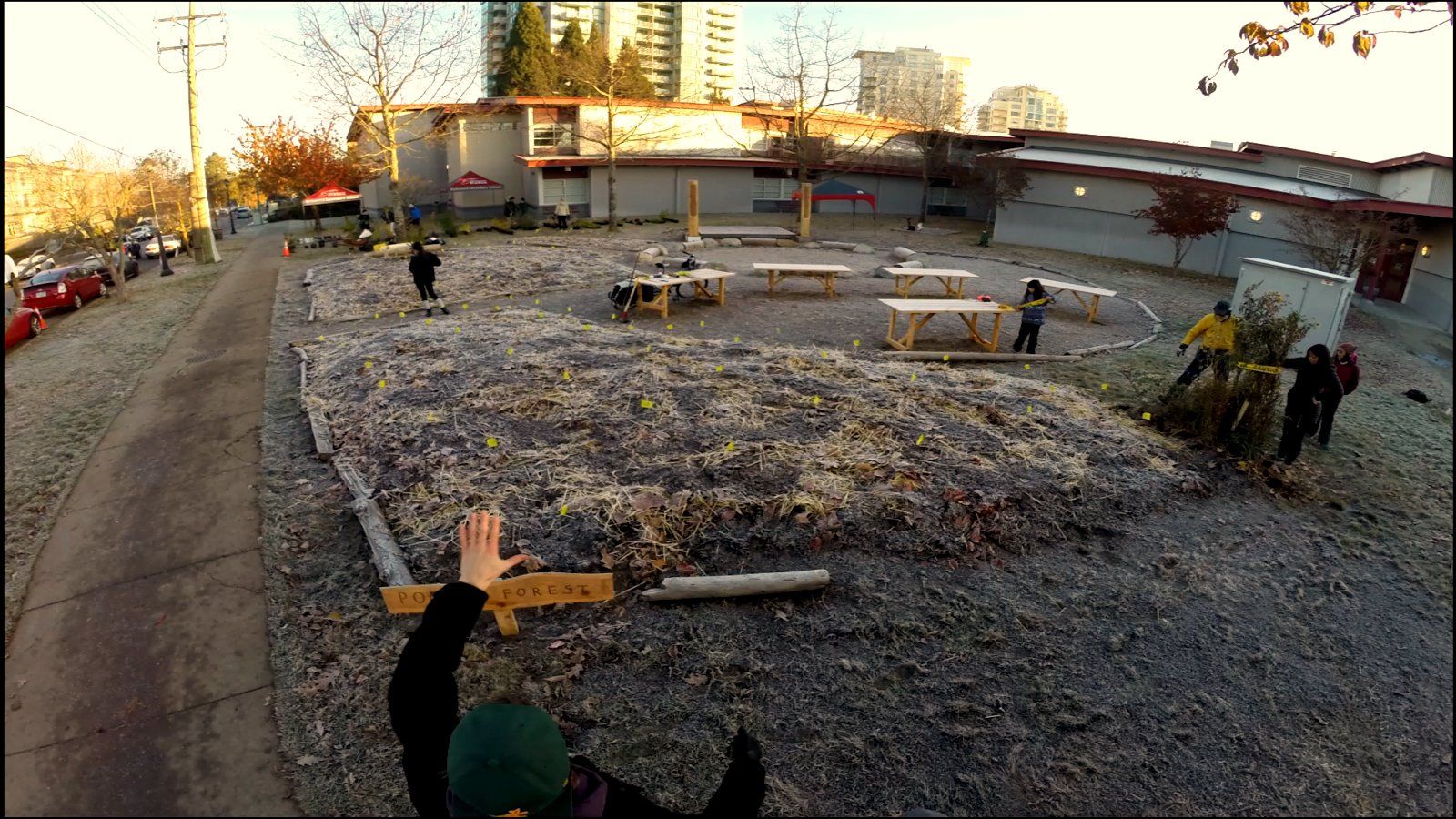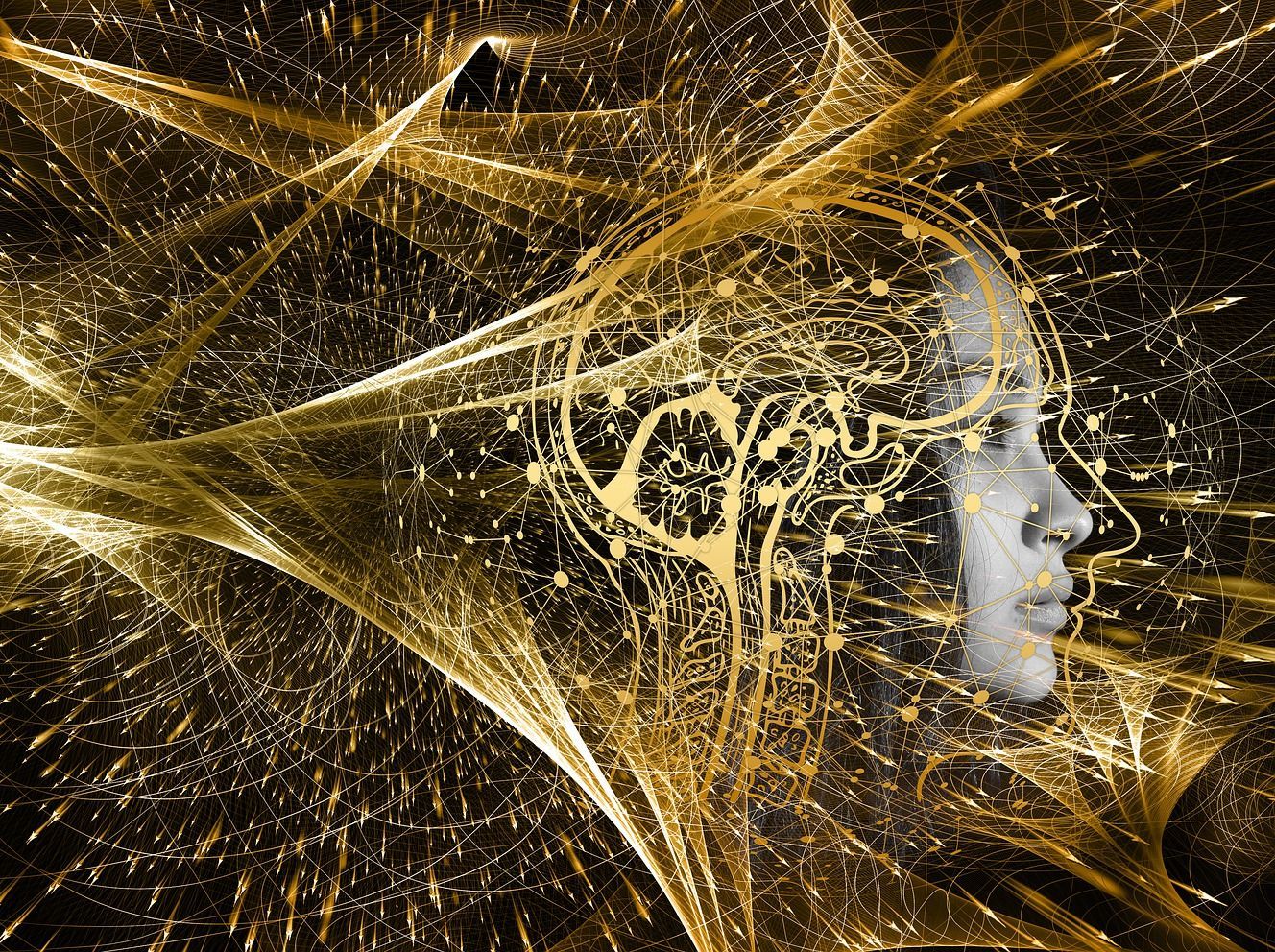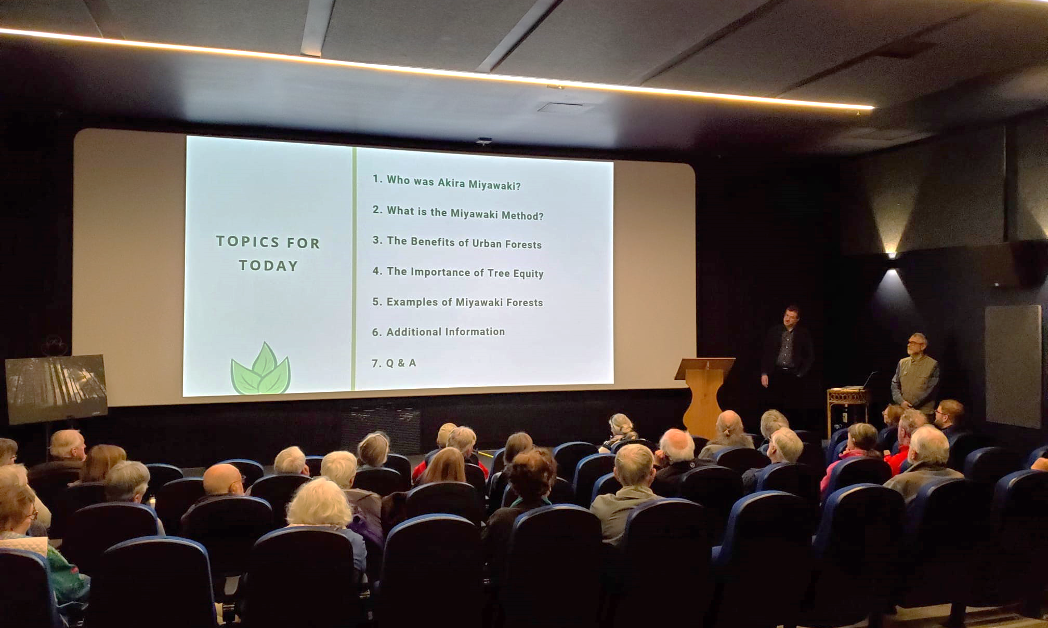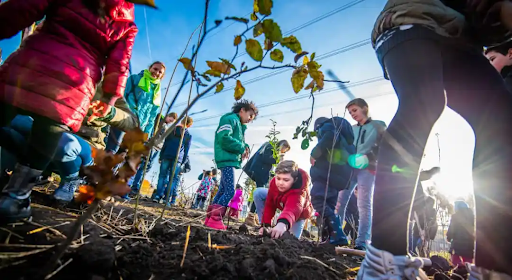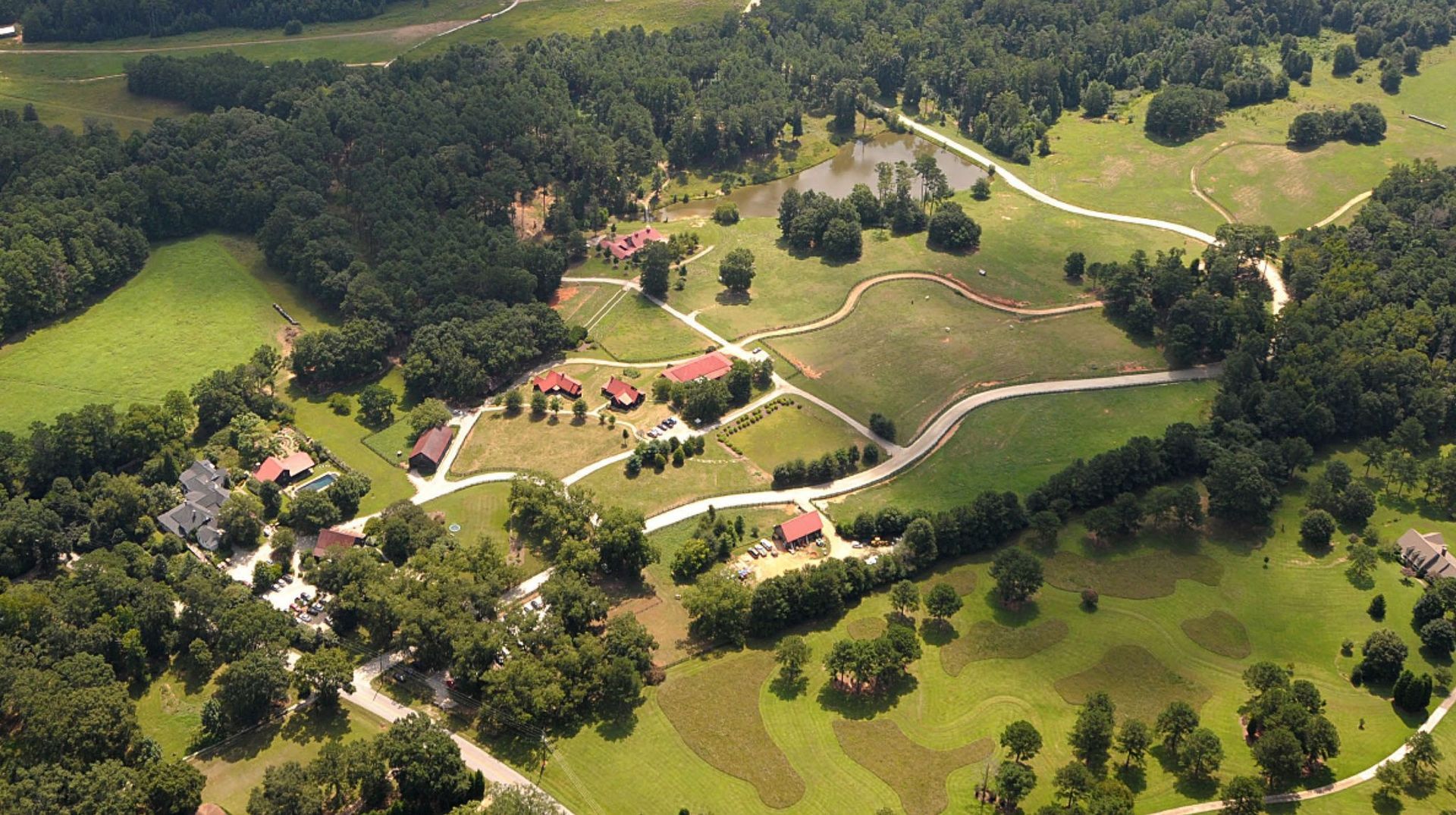Webb Telescope captures image of Stardust Emergence
CLICK THE VIDEO ABOVE TO PLAY
I am sure you have all heard that we are made from stardust. The calcium in our bones and the iron in our blood was created in the dust of an exploding star. Over time the dust cools and gathers itself into planets on which life can emerge. You’ve seen images of enduring stars, you’ve seen images of exploding stars (supernovae), and you’ve seen images of steadfast planets. But have you ever seen virgin dust gushing out of a star getting ready to explode? The James Webb Space Telescope just obliged us with such an image (see image above) and it’s an amazing vista to behold!
In this first-of-a-kind image, shimmering purple eddies of dust are being cast off in all directions by a very bright star (WR 124) at the center. This swirling dust holds the potential to become the rocks on a planet’s surface, the water in its oceans and the air in its atmosphere. Given enough time, it can become the flesh, bones, and blood of a living organism. With yet more time the organism can develop sentience to build telescopes powerful enough to catch stardust in the act of its cosmic emergence.
What we are witnessing is the ultimate generosity of a star that through its last few laboured breaths is scattering the seeds of life into the fecund emptiness of its mother’s womb. These cosmic seeds, forged out of the fire in its core and nurtured for millions of years in its belly, are ready to put down roots in other parts of the galactic expanse. Together with the gas in which they swirl, these proliferous seeds will grow into families of planets and stars, ready to evoke the sacred process of life if conditions permit. Such is the bequest of the stars to the story of cosmogenesis, a glorious pilgrimage our universe is in the midst of undertaking.
Sarbmeet Kanwal, PhD
Click Here to view our next Earth Literacies program
Quantum Wisdom: Second Pillar of the New Cosmology
